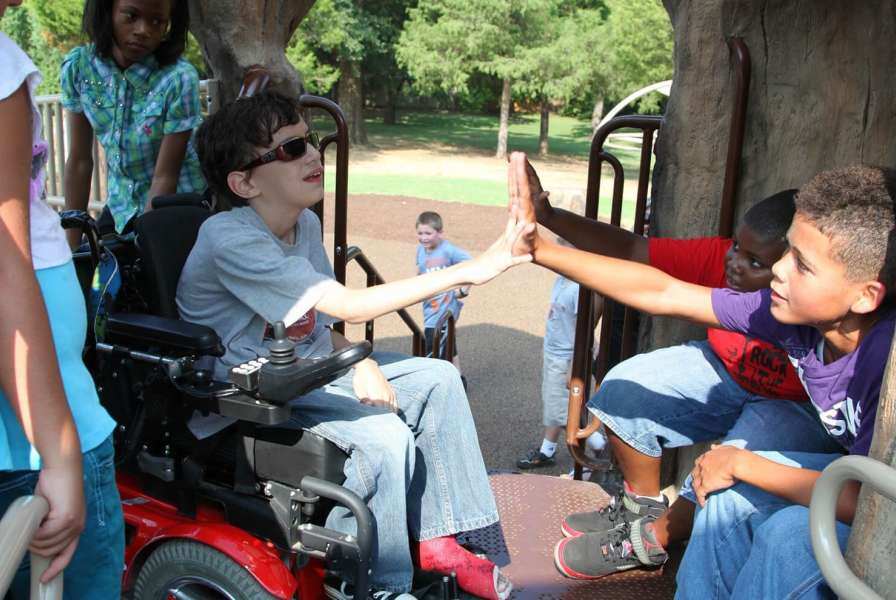In 1966, I was a young academic psychiatrist, a research-oriented clinician about to be involved in a life changing experience. My initial awareness of the potential significance of rough and tumble play as a pattern of play behavior began under violent and tragic circumstances. In August of 1966, Charles Whitman, a 25 year old ex-marine, former Eagle scout and an architectural engineering student at the University of Texas, without a criminal record or the awareness that he was potentially violent, killed his wife and mother, and the following day ascended the University of Texas Tower, and by extremely accurate sniper fire, killed 12 more innocent victims, and wounded 32 until he was himself killed by two courageous men who braved his onslaught and were able to end what was then the worst mass murder in US history.
Along with others from a wide variety of disciplines I was appointed to a Commission that Governor John Connally of Texas organized to provide answers to “what drove this young non-criminal man to terrorize the otherwise serene campus?” For some 20 weeks a diverse and distinguished group from many disciplines intensely reviewed as many resources of information, including exhaustive analyses of his biological givens and cultural heritage, recent triggering events and a highly detailed series of interviews with those who had known him and his extended family over the years. Whitman had also provided detailed diaries over the past 4-5 years which revealed some of his inner hidden torment. We had a huge amount of information, and strong evidence of continuing rage and depression that had characterized his inner life, while externally he had been able to mask this by a skillful mimicry of what he considered normal behavior.
As this investigation gained momentum, a sage child psychiatrist appointed to the Commission, Robert Stubblefield, stated repeatedly “What if at this portion of his life he had just been allowed to play?” We noted that his overbearing father and submissive and frequently abused mother essentially suppressed any free and normal play behavior that was sustained until he left home after high school to join the Marines. The Commission’s conclusions included in their collective judgment that the almost complete suppression of normal play behavior and the toxic and often violent home background as well as his familiarity with firearms, and certain humiliating ongoing circumstances meant that he could no longer contain a volcanic chronic inner rage that he otherwise might well have contained, or at least with healthy play or with his development of other coping strategies that might have, if adapted, alleviated his final lethal acts.
But Whitman then seemed to me as a researcher as a once in a lifetime rare aberration, He was a bright troubled highly stressed individual with unique background triggers. That is, his history seemed unique until I had spent the better part of a year interviewing homicidal males in the Texas Huntsville Prison, and compared their overall histories with a matched comparison population. Of course we had a team able to conduct live interviews of both the homicidal males and a large comparison population. What leapt out of the information we were accumulating was that both Whitman and the homicidal males had NOT engaged in normal rough and tumble play. No memories of playground buddies. No involvement in games of chase and escape. Lots of aggression or isolation. Whereas the comparison group had almost 100% recall of exuberant childhood “free play” with positive remembrances of the names of playmates; who was the fastest, most cagey players, etc, with much recall of playground or other free play times with neighborhood or school-yard friends.
What has been particularly jarring to me as a play scholar in the many years since Whitman and the pilot study of young murderers are the objective studies where highly playful social animals in controlled laboratory settings are prevented from engaging in what for them is normal rough and tumble play. (and R&T play is a normally expected developmental pattern for them.) When this happens, the play-deprived animals cannot form normal social relationships with their peers. They can’t discriminate friend from foe, do not bond socially to mate, and exhibit many other deficiencies, including less rich connectedness in their brains. While Whitman and the murderers were not lab animals, the parallelism between their play deficiencies, and the objective problems in forming trusting social bonds with others seems very significant and parallel. All the more so as we understand more fully the neuroscience of play behaviors, and see clearly that we share some fundamental brain wiring that prompts essential play patterns with us and our animal cousins. Rough and tumble play is instinctive, unless we suppress it.









